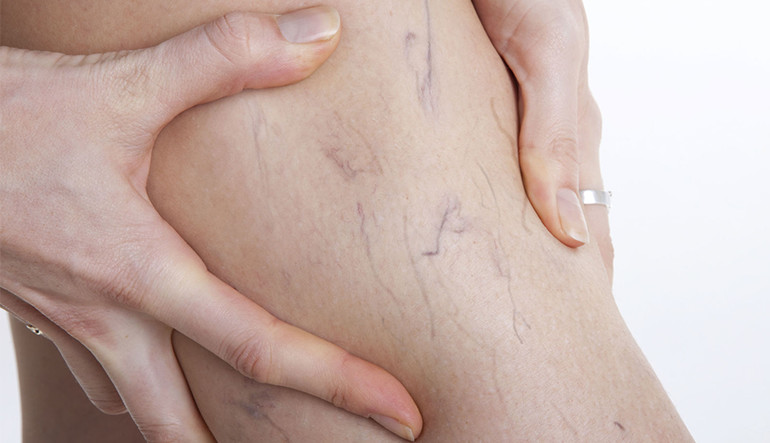Which Procedure is Used in the Treatment of Spider Veins?
Are you suffering from spider veins on the surface of your skin? Do you feel self-conscious because of the spider veins? If so, you must be wondering which procedure is used in the treatment of spider veins. Before we jump right into a discussion of spider vein removal, it’s important to understand what spider veins are and what causes spider veins.
Spider veins are thin wispy blood vessels visible on the surface of the skin. They appear in reddish, bluish, or purplish colors and they give the appearance of spider webs branching out from a central point. In some cases, they also look like the thin and spindly legs of spiders, hence the name “spider” veins. They aren’t always dangerous, but sometimes, spider veins may be caused by an underlying vein disease called chronic venous insufficiency. This is a disease in which the valves in the veins malfunction, thereby leading to poor blood circulation, which, in turn, leads to varicose veins and spider veins in legs. If left untreated, vein disease progresses rapidly and you may suffer from complications like bleeding, leg ulcers, skin infections, and even deep vein thrombosis.
In order to treat spider veins, your vein doctor will have to determine if they are caused by an underlying vein disease. If not, the best treatment for spider veins is sclerotherapy. If you also suffer from vein disease, then the best treatments are radiofrequency ablation, laser ablation, and venaseal. In this article, we discuss which procedure is used in the treatment of spider veins.

Sclerotherapy Spider Vein Treatment
Sclerotherapy is a minimally invasive spider vein removal procedure in which the vein doctor injects a medicine called sclerosant into your surface veins. The medicine fuses the walls of the veins together. Over time, these damaged veins harden and gradually disappear.
Advantages of Sclerotherapy
Sclerotherapy is the best spider vein treatment for a number of reasons. It’s a minimally invasive and non-surgical procedure that involves the use of a single injection. It causes minimal pain and discomfort, either during or after treatment, because of the use of anesthesia. Sclerotherapy is also one of the most effective treatments with a success rate of 97%, which is considerably greater than that of traditional surgeries. Most importantly, sclerotherapy is an in-office procedure that concludes within 30 minutes. And there’s no recovery downtime, which means that you can return to your daily activities with minimal interruption to your schedule. In fact, most people seek sclerotherapy spider vein treatment during their lunch break!
Drawbacks of Sclerotherapy
Sclerotherapy is only suitable for spider veins if they aren’t caused by an underlying vein disease. If you also suffer from venous insufficiency, then the spider veins are just a symptom. Treating spider veins without addressing the underlying issue will be a band-aid solution, i.e., the spider veins will return later. Sclerotherapy can’t treat the diseased saphenous vein, only the surface veins. Furthermore, sclerotherapy is also not suitable for spider veins on the face and feet because these regions are dense with arterial-venous connections — and it’s dangerous to accidentally inject sclerosant into the arteries.
Sclerotherapy Side Effects
Sclerotherapy is an extremely safe procedure with only negligible risks of side effects. At most, you’ll experience some temporary soreness and mild pain from the injection. In extremely rare circumstances, you may also develop some infections, nerve dаmаgе, allergic reactions, or hyperpigmentation. But the risk of these side effects is negligible and can be minimized even more if you consult a reputable doctor.
Sclerotherapy Cost and Insurance Coverage
The national average cost of a single sclerotherapy session is $700. Depending on your condition, you may need more than one session. Sclerotherapy isn’t generally covered by insurance because it’s not considered to be medically necessary since it only treats the surface spider veins and not the underlying vein disease.
Spider Vein Treatment Procedures if You Have Vein Disease
As previously mentioned, spider veins may be symptomatic of an underlying vein disease. If you suffer from venous insufficiency, then sclerotherapy is an inadequate treatment. In that case, you’ll need the following treatments.
Radiofrequency Ablation
During radiofrequency ablation, heat energy is transmitted to the diseased saphenous vein using a catheter under ultrasound guidance. The heat irritates the vein walls and destroys the diseased vein, restoring blood flow.
Endovenous Laser Ablation
During endovenous laser ablation, laser energy is used to irritate the vein walls and collapse the diseased saphenous vein. As with radiofrequency ablation, this immediately restores smooth blood circulation.
VenaSeal
VenaSeal is an advanced treatment during which a medical adhesive is used to seal the walls of the vein closed. Once the affected vein is closed, the accumulated blood reroutes to healthier veins.
Best Vein Treatment Center for Spider Vein Treatment
At VIP Medical Group, we give our patients access to some of the world’s best Ivy League-educated board-certified vein doctors. They carefully examine your spider veins and diagnose the underlying venous insufficiency using a Doppler Ultrasound. Based on their findings, they curate a treatment plan that’s specific to your needs. If you want to find the best treatment for spider veins, please schedule an appointment today.

